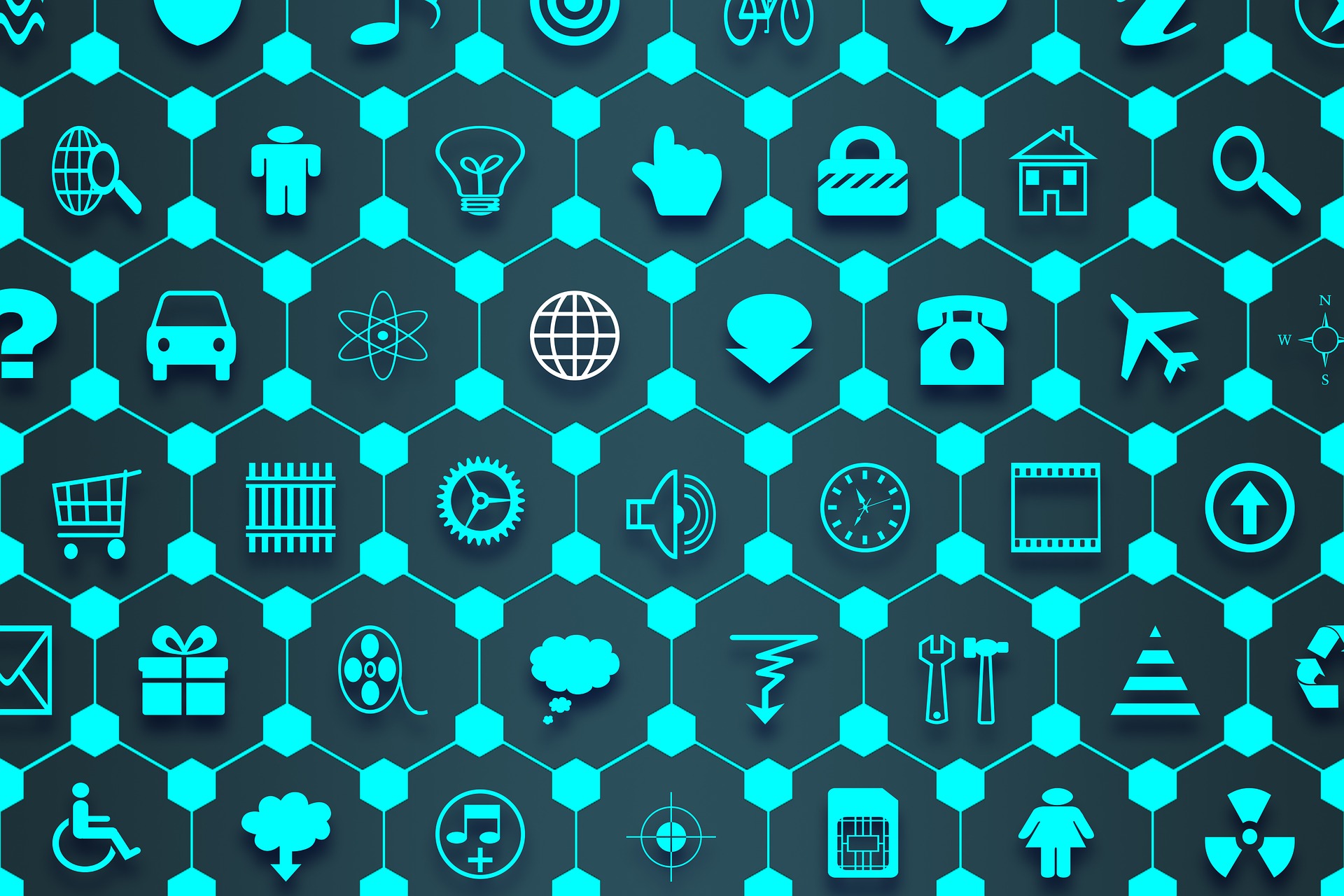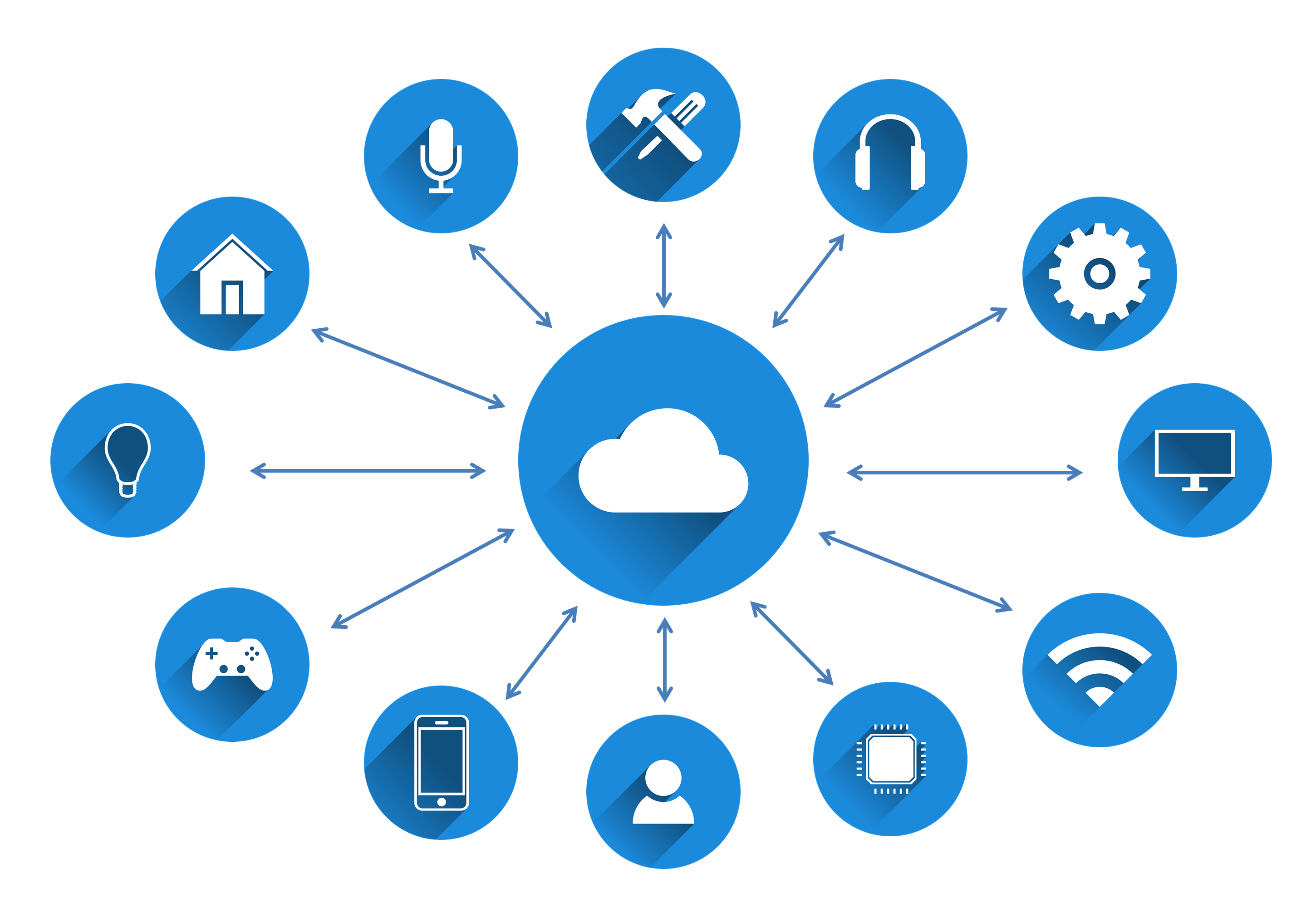Smart devices abound in today’s world; they are being used in almost every industry and application, from smart home improvements to personal communications. This advanced technology is also being used with great effectiveness in industrial manufacturing applications. But these IIoT (Industrial Internet of Things) devices do more than control the production floor thermostat. They are innovating the way machines operate in manufacturing, healthcare, power generation, and more.
What is the Industrial Internet of Things?
The IIoT takes intelligent devices and sensors directly to the active manufacturing systems of an industry. Smart networking allows sensors to collect data for use in monitoring, predictive analytics, and quality control.
IIoT takes networked sensors and intelligent devices and puts those technologies to use directly on the manufacturing floor, collecting data to drive artificial intelligence and predictive analytics. This data is shared wirelessly and used to take actions that will improve productivity, in some cases even predicting problems before they occur and preventing serious issues and slowdowns.
Such a digitally enhanced supply network can have a huge impact on how products are manufactured, tested, and delivered. Human operations are enhanced and made safer, while saving money and speeding overall production.

Possible Uses of the IIoT
The Industrial IoT Consortium lists at least 15 possible uses of the IIoT:
- Asset management
- Asset tracking
- Energy consumption improvements
- Goods and transportation monitoring
- Industrial HVAC
- Industrial security systems
- Intelligent warehousing
- Monitoring manufacturing equipment
- Monitoring ozone, gas and temperature levels
- Monitoring the safety and health of workers
- Networked logistics
- Predictive maintenance
- Smart city applications
- Smart electrical grid/metering
- Smart farming and livestock monitoring
IIoT Predicting the Future
Predictive maintenance can save a lot in time and money. Connected IIoT sensors can effectively pinpoint indicators that lead to breakdowns, allowing the system to automatically shut down operations and allow for maintenance before a catastrophic failure. Dangerous operating conditions are detected and long-term stoppages are eliminated.
This limiting of equipment downtime also improves safety, as sometimes a catastrophic failure can cause human injury or damage to other machine components. The networked sensors can detect vibrations, temperature variations, sounds, and frequencies to ascertain normal or abnormal operating conditions. Such condition monitoring has traditionally been a time-intensive and error-prone human task. Using IIoT sensors virtually eliminates errors and cuts the time involved substantially.
Keysight and IIoT Longevity
Devices that are used in the IIoT are designed to stay in operation for longer amounts of time and must undergo strenuous working conditions. Environmental conditions cannot affect their performance. This means rigorous testing is necessary to ensure optimal performance and a low failure rate. Keysight industrial testing solutions provide options for your product design, testing, and optimization for use in the IIoT.
If cost-effective, reliable, and secure products are your goal, Keysight can help. Their available solutions include power consumption testing, functional testing, product validation, and wireless communication testing. Whatever your IoT product, Keysight solutions provide an integral step in ensuring that it can thrive in all manner of IIoT environments and applications.








